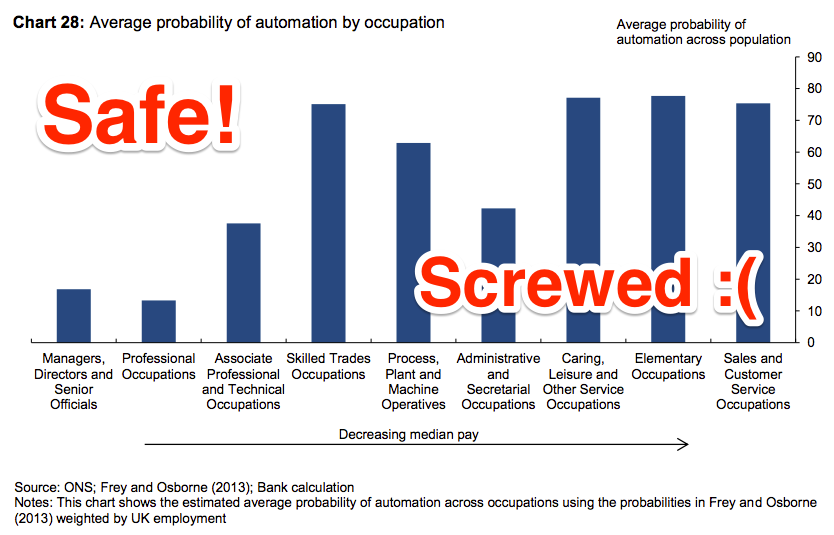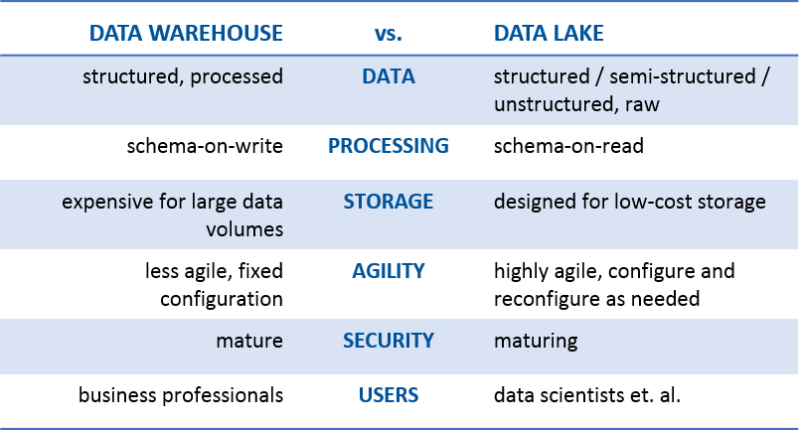Businesses across many industries spend millions of dollars employing advanced analytics to manage and improve their supply chains. Organizations look to analytics to help with sourcing raw materials more efficiently, improving manufacturing productivity, optimizing inventory, minimizing distribution cost, and other related objectives.
But the results can be less than satisfactory. It often takes too long to source the data, build the models, and deliver the analytics-based solutions to the multitude of decision makers in an organization. Sometimes key steps in the process are omitted completely. In other words, the solution for improving the supply chain, i.e. advanced analytics, suffers from the same problems that it aims to solve. Therefore, reducing inefficiencies in the analytics supply chain should be a critical component of any analytics initiative in order to generate better outcomes. Because one of us (Zahir) spent twenty years optimizing supply chains with analytics at transportation companies, the concept was a naturally appealing one for us to take a closer look at.
More broadly speaking, the concept of the analytics supply chain is applicable outside of its namesake business domain. It is agnostic to business and analytic domains. Advanced analytics for marketing offers, credit decisions, pricing decisions, or a multitude of other areas could benefit from the analytics supply chain metaphor.
Read more at The Analytics Supply Chain
Please leave your opinions in the comment box below and subscribe us to get more updates in your inbox.






















![The Impact of Big Data and Analytics on Manufacturing [ Infographic ]](http://supplychaininstitute.com/wp_sci/wp-content/uploads/2017/01/376431254_80_80.jpg)
































